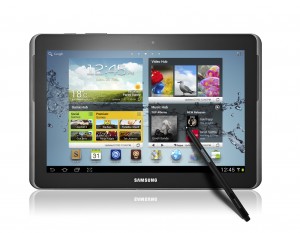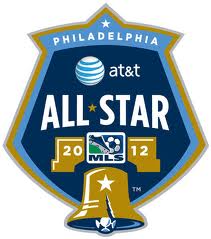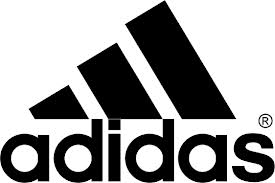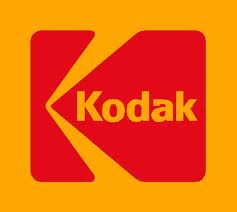At the most recent Mobile World Congress in Barcelona, Samsung brought out one of the more interesting products, its Galaxy Note 10.1, a hybrid device that was a mix between its existing Tab and stylus- product lines.
The product did not ship immediately afterwards, at least in the US market, and now the company is on the verge of delivering it to the waiting masses, with some subtle, but important improvements that should be happily greeted by users.
At the time that Samsung first showed the device it featured a dual core 1.4GHz processor stylus similar to its S-Pen, and a screen with 1280 x 800 resolution. Much of that has changed, or at least been enhanced with the newest version of the tablet.
The latest version, expected to ship Aug. 15th, sports a significantly more powerful quad core processor, the Exynos 4 Quad that runs at 1.4GHz and some additional processing power in the form of a Mali-400MP graphics processor and 2GB of RAM. One last but interesting addition is that there is now a lot to house the stylus.
Other features, including that remain the same include the option of three different storage capacities: 16GB, 32GB and 64GB, two cameras including a 5MP that can record HD video and will be available in both Wi-Fi and 3G versions with an LTE version expected later in the year..
The big differentiator for Samsung is the S-Pen, and the templates and applications that are designed to specifically take advantage of that form of input. The company can position the device as a solution in education and select business niches as well as a more general public consumer electronics device.












